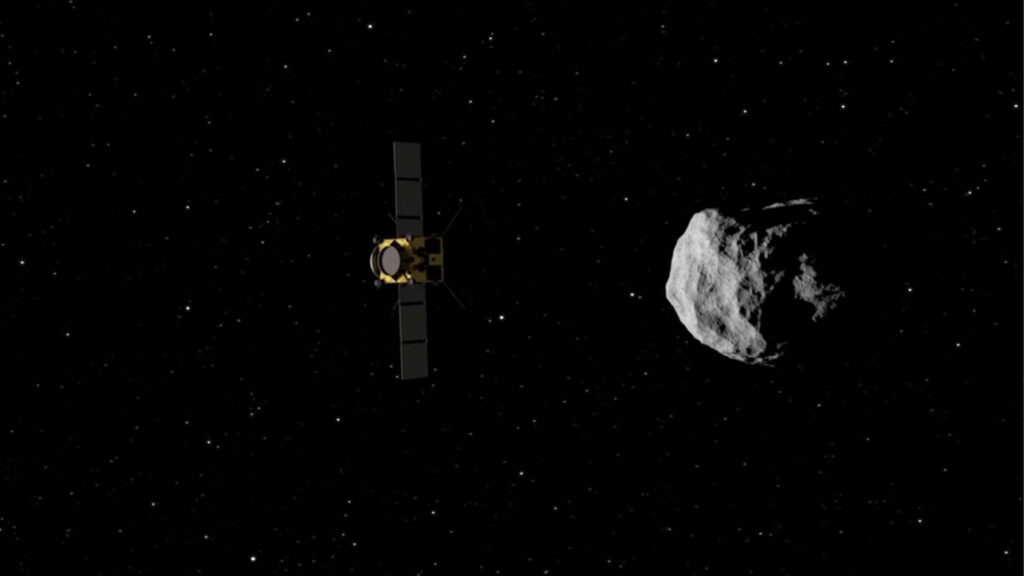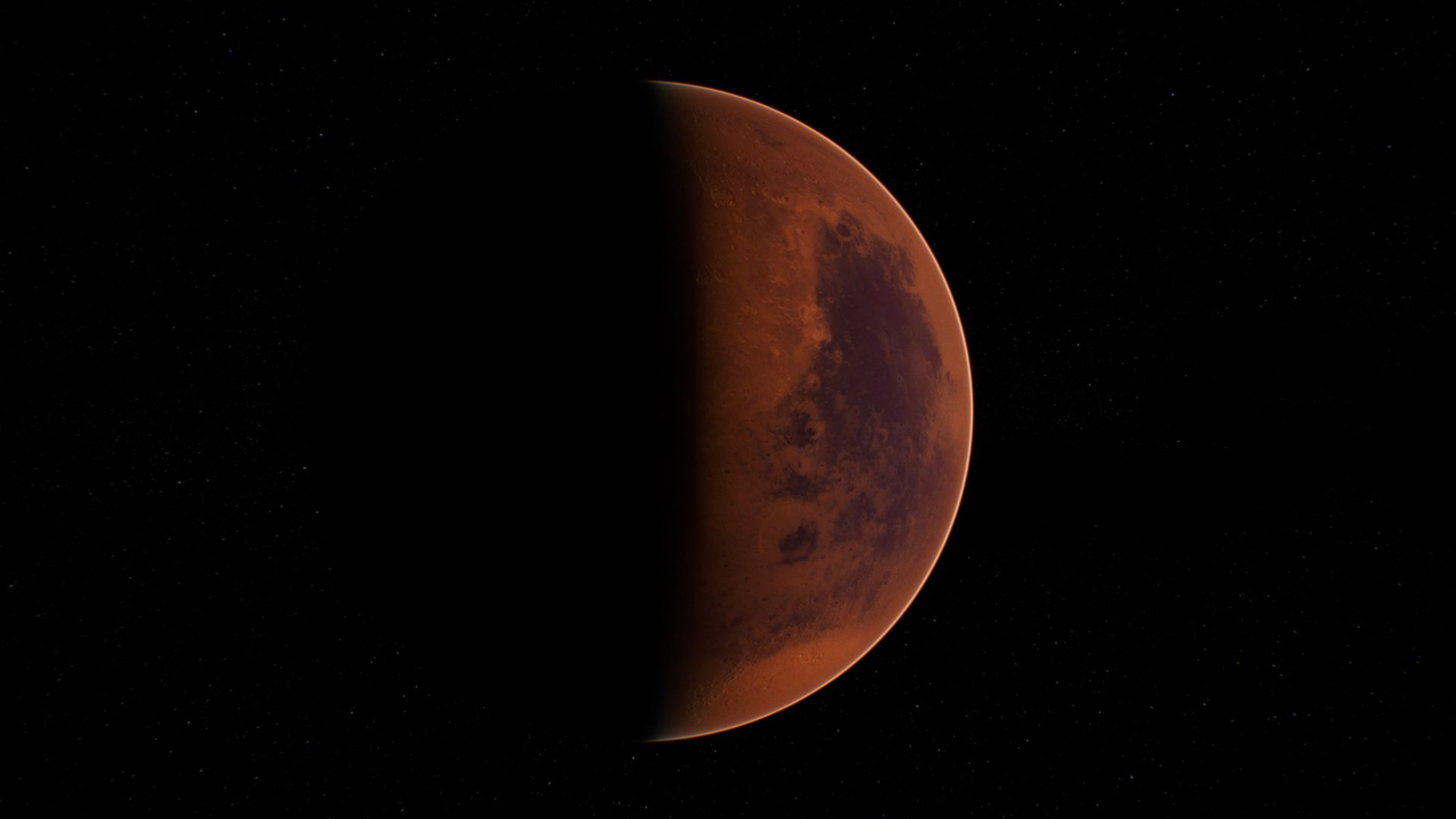NASA successfully diverted the trajectory of an asteroid during the DART mission. But the ship's impact may have created collateral damage. Rocks ejected from the asteroid would be heading towards Mars.
NASA ended the year 2022 with immense success. DART, the test to deflect an asteroid to protect Earth, had worked. On September 27, the ship landed on the asteroid Dimorphos, after a long journey of 10 months (and 11 million km traveled to reach it). The impact had disrupted the asteroid's orbit, even more than NASA had anticipated.
Advertisement
However, there may have been some rather unexpected collateral damage. Some debris ejected from the asteroid during the impact could currently be heading straight towards Mars. This is what scientists suspect in a study in the journal Monthly Notices of the Royal Astronomical Societyspotted by ScienceAlert on April 13, 2024. “ It is possible that some of the rocks (editor’s note: ejected by the impact of DART) collide with Mars in the future », Say the researchers.

The scientists' study is based on observations carried out with the Hubble Space Telescope, which ” made it possible to identify 37 rock blocks measuring 4 to 7 meters ejected during the impact with the DART spacecraft “. The authors then worked on numerical simulations to study the trajectory of the ejected blocks, anticipating their path through space up to 20,000 years later.
There is good news: According to their results, these space rocks do not pose a danger to Earth — they will pass too far. “ All observations made so far prove that DART was a successful test of asteroid deflection since it changed the orbital period of Dimorphos and did not create other boulders that could impact Earth », underline the researchers.
Rocks expected to carve impact craters on Mars
On the other hand, some of the rocks ejected from the asteroid may well hit Mars, the neighboring planet. 2 rocks could crash into Mars within 6,000 years, and two more within 15,000 years. What will their fall to the red planet then look like? “ Given the thinning of the Martian atmosphere, we expect the blocks to land intact on the ground and create a small impact crater », Write the scientists.
Advertisement
Mars being already covered with more or less deep craters, the impact of these rocks should fortunately not disfigure its landscape too much, currently surveyed by rovers like Perseverance.
